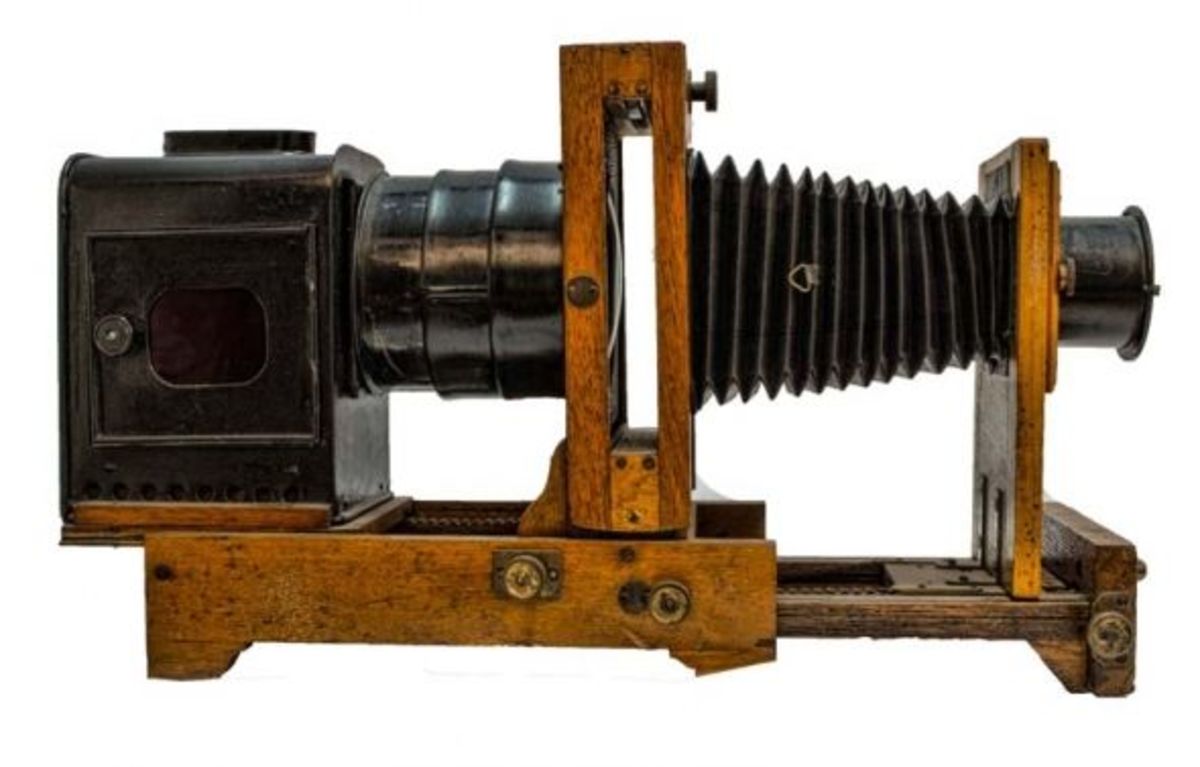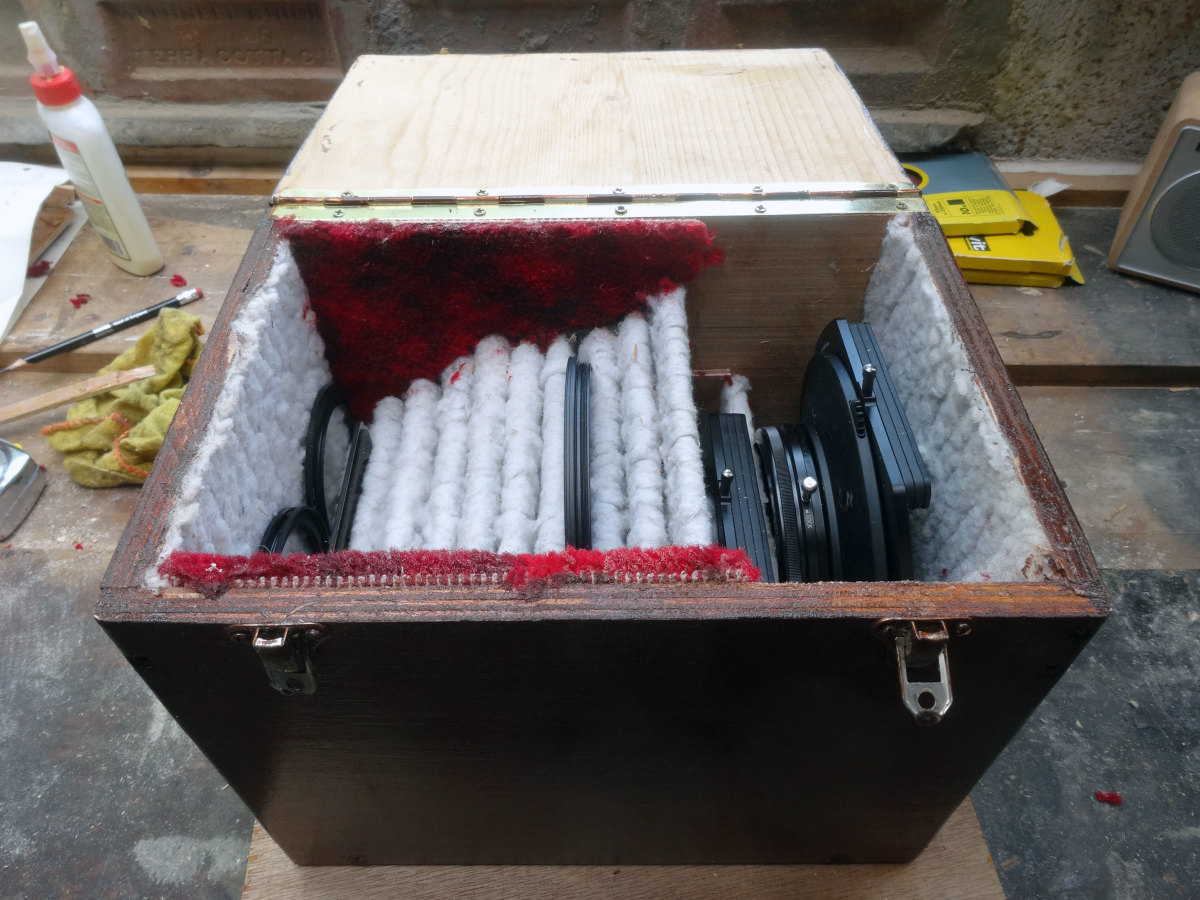Buy a Canon 70-200mm Lens
Lenses, Lenses, Lenses
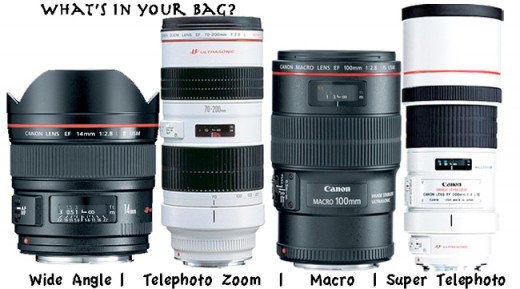
Which Canon 70-200mm Lens?
Canon's EF 70-200mm Lens is considered by many to be it's flagship lens. Do you have one in your camera bag?
There are actually four (now five) different lenses made by Canon in this focal length. Here is the list:
- Canon 70-200mm F/4.0 L USM
- Canon 70-200mm F/4.0 L IS USM
- Canon 70-200mm F/2.8 L USM
- Canon 70-200mm F/2.8 L IS USM
- Canon 70-200mm F/2.8 L IS USM II
The numbers and letters in the lens descriptions can be confusing if you are unfamiliar with them, so here is the breakdown:
70-200mm is the focal length. This is a zoom lens, so there are two numbers. The 70 is the shortest range, which means that the picture will appear as if you were farther away from the subject. 200 is the long end of the focal range, which means that objects will appear larger. Essentially, you can be farther from your subject and get a nice close shot.
F/4.0 or F/2.8 is the designation for the lens aperture. Basically aperture is how wide the shutter will open to let in light when the picture is taken. The smaller the number (2.8 is smaller than 4.0) the more light will be allowed to enter. These numbers have everything to do with shutter speed and cost of the lens. (more about that later)
L is the designation for the quality of the lens glass. The L meant "luxury" in the beginning, but most camera users do not know that. They only know that it is Canon's best quality lenses that are called "L" glass. L lenses are Canon's very best. There are other Canon lenses that do not bear the "L" designation.
IS means Image Stabilization. If the lens has IS, you can take pictures at slower shutter speeds and not have them turn out blurry. Without IS, you will probably need to use a tripod when taking pictures in low light because it is in low light that the shutter speed is slow and camera shake comes into play.
USM means Ultra Sonic Motor. This is a motor built into the lens for super fast focus. Basically, when you depress the button to take a picture, the camera is focused because of the USM.
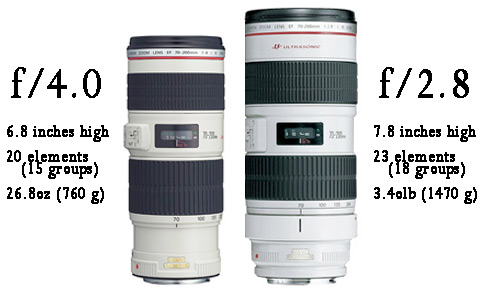
f/2.8 and f/4.0
What's the difference in these two numbers?
If you are a math major, your answer will be 1.2. Camera geeks have a different answer.
The f/2.8 is a larger and heavier lens than the f/4.0. It also has an extra piece of glass or two. The effect of having a lens with a smaller f-stop is that the lens allows more light to get to the image sensor. The lower the number, the more light gets in. This is important when you are shooting pictures in poor lighting situations, such as at dusk or at a music concert. In low light settings, the faster lens (f/2.8) is a definite advantage.
The disadvantage for the f/2.8 lens is that it is bigger and weighs twice as much as the f/4.0 lens. The size and weight has fatigued many a photographer. It may not seem like a big deal until you have to lug the extra poundage around for the entire day.
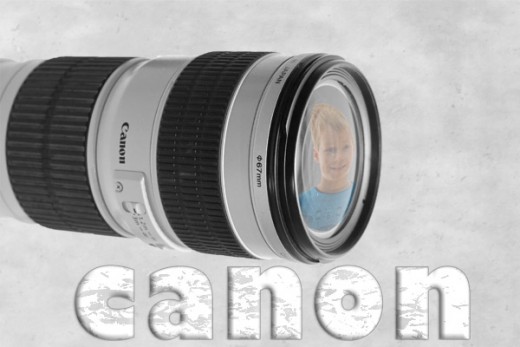
What About Cost
It's interesting that in many cases, the lens costs more than the camera itself.
The range of costs for these four lenses is quite diverse. While not inexpensive the Canon 70-200mm f/4.0 non-IS rings in at just under $600. When you add IS to that lens, you almost double the price to about $1,100.
Then you have the Canon 70-200mm f/2.8 non-IS at about $1,200. Finally the f/2.8 IS is the most expensive at about $1,600.
This makes some first time DSLR buyers gasp. They are aware that they will be buying extra lenses for their new DSLR camera, but when they find out how much the really good lenses are it sends some of them running. For this reason, it is good to count the costs before making that new camera purchase.
But you must know this. The quality of the lens is at least as important to the final image as the quality of the camera. Even more important, however, is the person who is pushing that shutter button. A good photographer can produce an award winning photo with a digital phone camera or a home made pin hole camera.
Canon 70-200mm Lens

Which one is Best
There is lots of discussion in the digital camera world as to which one of these lenses is the best value for the money.
It may come as no surprise that the most expensive lens gets many accolades. Photographers are a strange breed (just like golfers or fisherman). They always think they need to biggest and the most expensive. But when it comes to some equipment, like a Canon 70-200mm lens, it can be a matter of personal preference.
The reason is that all four lenses are absolutely awesome. When Canon produced these lenses,, they did a good thing.
The cheapest lens, the Canon 70-200mm f/4.0 takes really great photos. Even though I would have liked to get the f/2.8, money was an issue and I purchased the least expensive one. I have never been disappointed with this purchase. No buyer's remorse here. Many of my best photos are taken with it.
IS is a very useful feature at times. It helps you to leave the tripod in the car sometimes. On a bright day, the wider aperture will not make a big difference.
You chose. You will not be unhappy with your choice.
I not only love to take pictures, I love to research the best cameras and gear. Many have found it helpful enough to cut down on their own time spent searching out the best products. My tag line is "I have done the research so you don't have to." Visit www.digital-photographic-resources.com for more camera and lens information.
More links for Canon Lenses and Gear
- Canon Powershot and DSLR Digital Cameras
The latest from Canon... right here! - 70-200mm Canon Lens
Discover the differences in a great line-up of 70-200mm "L" lenses from the leader in the mid-level zoom range.



